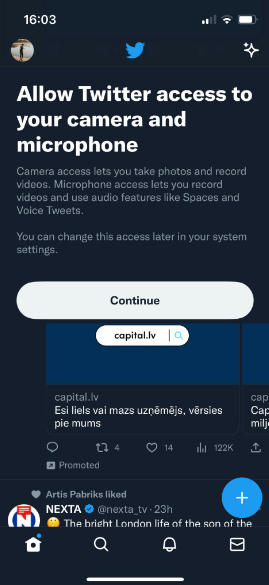Hybrid Applications
Hybrid apps combine features of both native and web apps to offer a flexible solution that works on multiple platforms. Built with web technologies like HTML, CSS, and JavaScript, these apps are wrapped in a native shell, allowing them to be installed from app stores and run on various devices.
The main advantage of hybrid apps is their ability to run on different platforms, such as iOS, Android, and Windows, using a single codebase. This approach speeds up development and lowers costs since developers only need to write the code once and can deploy it everywhere. It also makes maintenance easier, as updates and fixes apply to all platforms at once.
Popular frameworks like React Native and Ionic help in building these apps. React Native offers near-native performance with its native components, while Ionic provides a set of pre-designed UI elements for a consistent look across devices. Twitter uses a hybrid app design that mixes the best of native and web apps for a smooth experience on any device. By using web technologies like HTML, CSS, and JavaScript wrapped in a native container, Twitter’s app works across iOS, Android, and other systems from just one codebase. This means Twitter doesn’t need separate teams for each platform, making it easier and quicker to develop and maintain. With frameworks like React Native, Twitter combines web and native features to create an app that responds well and works seamlessly with device functions like notifications and location services.
